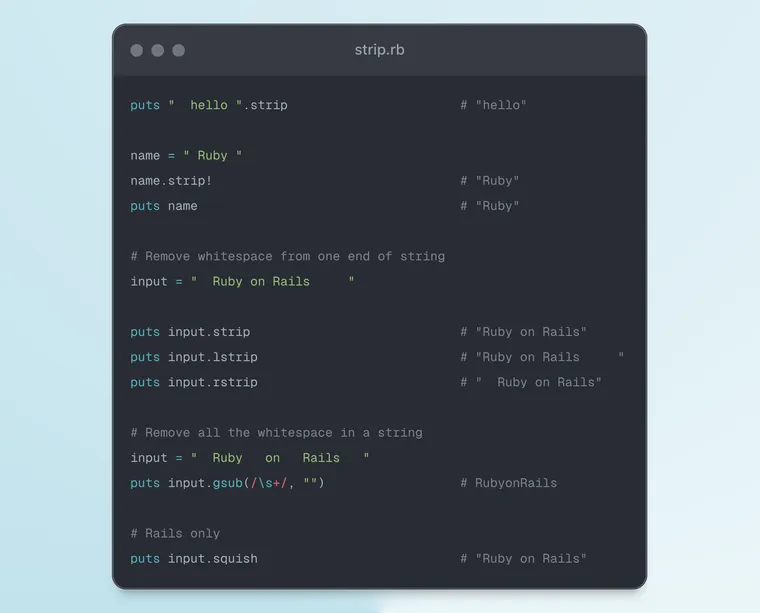Annual Blog Review: 2023
Every year, I do a personal annual review. This year, I thought why not do the same for my blog, since it has become such an integral part of my life, both personal and professional. This post contains some of the highlights and a list of all the articles I wrote in 2023.
